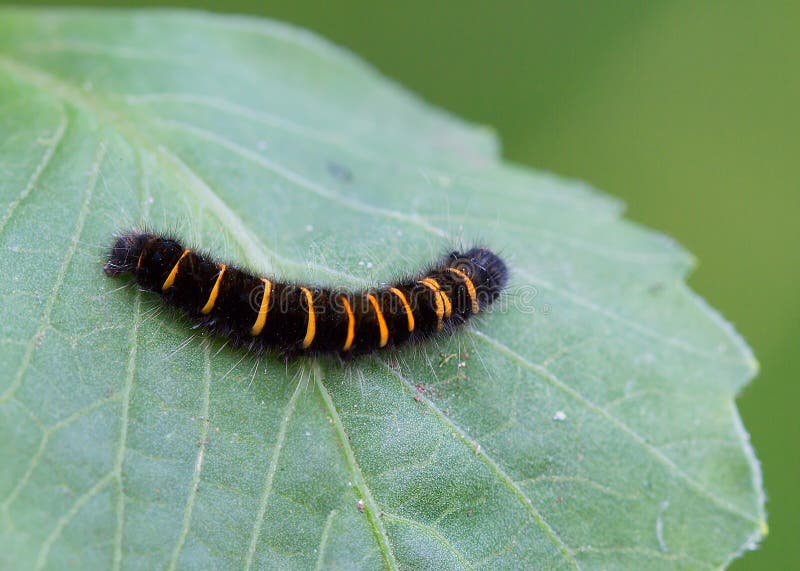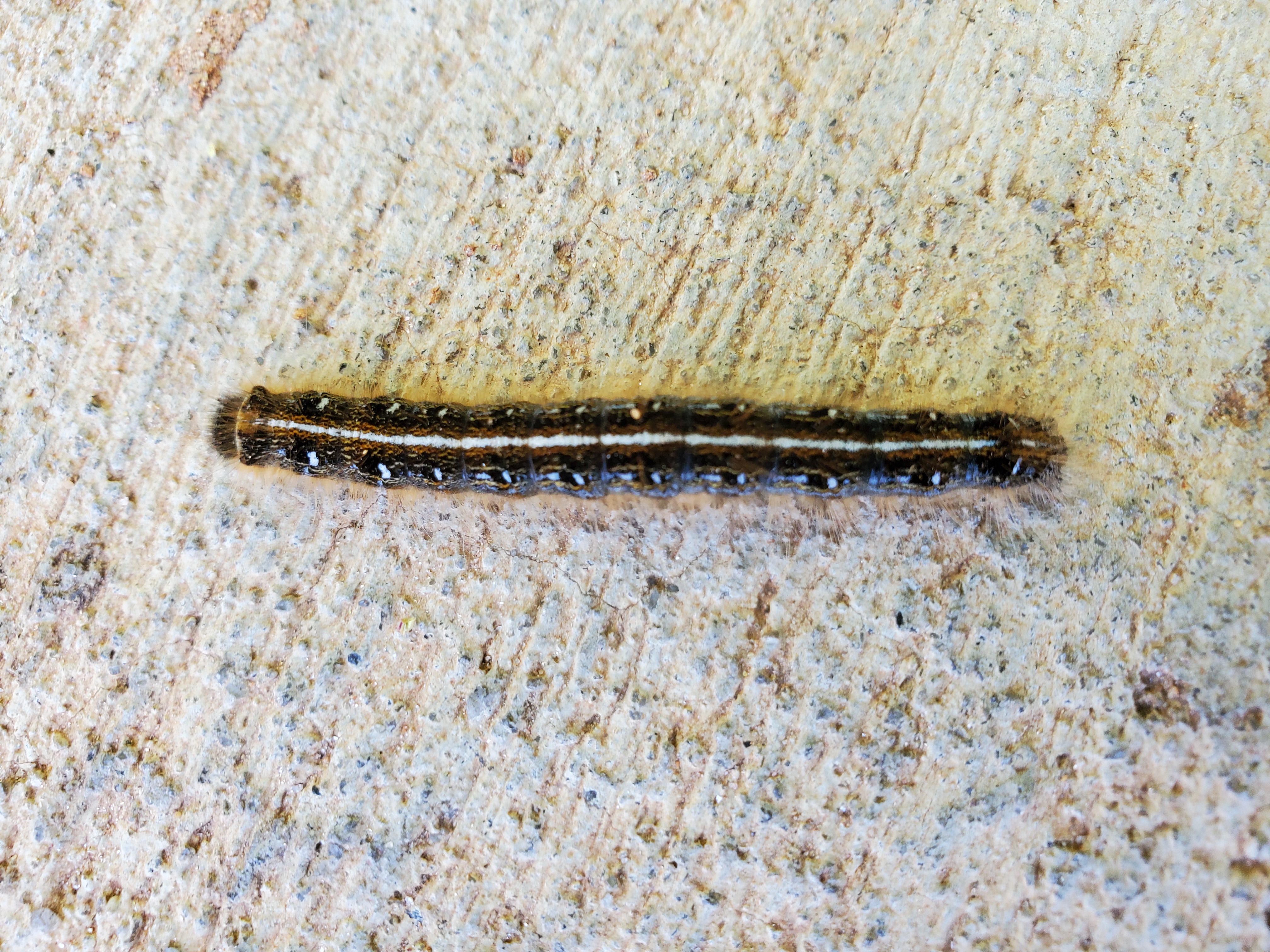

Some years, there will be greater outbreaks than others, and these caterpillars will seem more conspicuous.

Apart from damage to leaves, they will generally disappear again on their own and, in most cases, the plants recover and grow some new leaves. They don't bite, but their hair is irritating- can cause itchiness and if one should be close enough to breathe the broken off hair particles, it can cause respiratory irritation - which, i've heard, can affect some people quite a bit. The tents are not always seen as the caterpillars tend to start wandering off in all directions once they get to be fairly large. Just don't leave the container sitting in the sun or some place too warm.ĭiana's caterpillars sound like Eastern Tent Caterpillars to me. I think most are fine for at least a couple of days. As for keeping them to raise, if you do so and have to be gone overnight, it should be fine so long as you put in some fresh leaves before you go away. I can't tell you which species, but some do. Some of the caterpillars with "hairs" can have those break away and will cause respiratory reactions. Better to just let them move around on their own.

Most are fairly fragile and can be easily hurt or damaged if they are dropped, etc. My recommendation regarding caterpillars is to not handle them for your own protection and theirs as well. If you go to this link on another photographer's gallery here on Pbase, you'll see a bunch of comments that people have left below.
#BLACK CATERPILLAR WITH YELLOW STRIPES AND ONE TAIL IN PA SKIN#
Virginian Tiger Moth caterpillar- Spilosoma virginicaĪ lot of people report bad skin rash reactions from contact with American Dagger moth caterpillars. Silver-spotted skipper / - Epargyreus clarus ? Virginian Tiger Moth - Spilosoma virginica - 2 Virginian Tiger Moth - Spilosoma virginica - 1 Virginian Tiger Moth caterpillar - Spilosoma virginica Orgyia antiqua - 8308 - Rusty Tussock Moth Orgyia antiqua - 8308 - Rusty Tussock Moth - cat Luna (Actias luna) caterpillar - parasitized & found dying in forest Hyalophora cecropia caterpillar on Rhamnus frangula Leopard moth - Ecpantheria scribonia - caterpillar - view 2Ĭlose view of parasitoids on cecropia caterpillar Leopard moth - Ecpantheria scribonia - caterpillar - view 1 Milkweed tussock caterpillar - Euchaetes egle - 2 Milkweed tussock caterpillar - Euchaetes egle - 1

vagans ?)ĭasychira caterpillar - on the move - (perhaps D. Papilio polyxenes - Black Swallowtail exposing osmeteriumģrd instar of a Black Swallowtail - Papilio polyxenesĤth instar of a Black Swallowtail - Papilio polyxenesĬtenucha virginica - Virginia Ctenucha caterpillar - moltingĬtenucha virginica - Virginia Ctenucha caterpillarĭasychira caterpillar - at rest (Perhaps D. Papilio polyxenes (molting) - Black Swallowtail Even with photos, it's very often impossible.ĥth instar of a Black Swallowtail - Papilio polyxenes By the way, in most cases, it's pretty much impossible to identify any insect or spider from a written description. What I suggest is that you work on your own IDs, using my photos and also visiting websites such as. Also, I just moved into an old house that is in need of major restoration, so have little time to spend online trying to figure out IDs for other people's sightings. There is only one of me and I'm busy photographing insects and working on identifications for my own sightings each day. PLEASE NOTE: I do try to answer occasional questions on my insect photo galleries, but please understand that, in summer especially, I receive dozens of questions posted on my galleries asking me to identify caterpillars, wasps, butterflies, spiders, moths, etc. If you're interested in seeing my most recent photos, writing or other work, please visit my nature blog, Burning Silo. The following is a collection of a few of the caterpillars that I've photographed over the past few years.


 0 kommentar(er)
0 kommentar(er)
